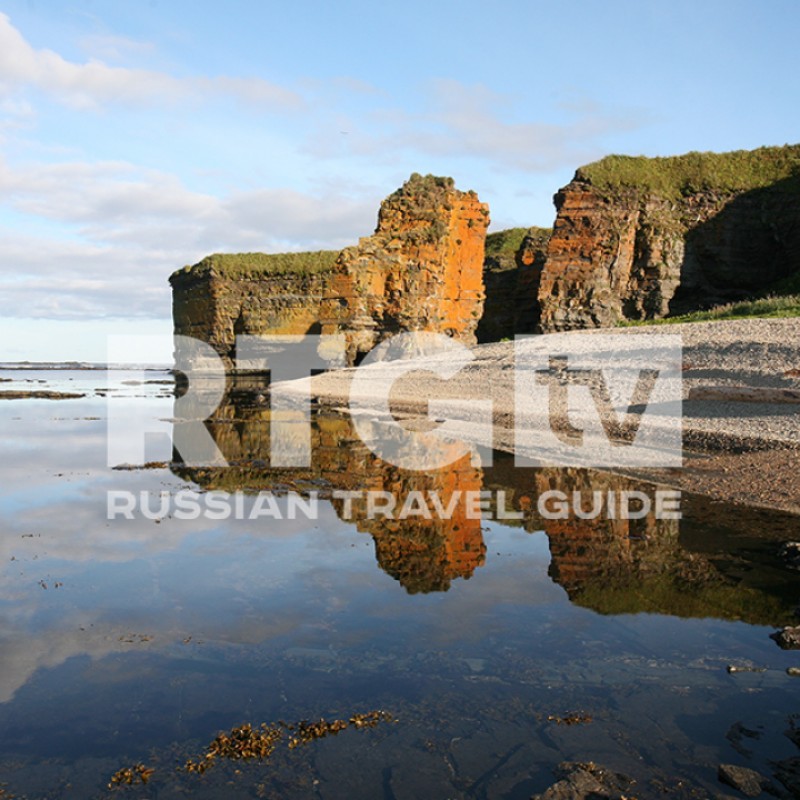
Cruises and Tours
Cruises and Tours
Year 2012
Duration 00:33:40
Pskov Oblast in north-west Russia covers an area of more than 55,000 square kilometres and shares a border with Belarus, Estonia and Latvia. The main waterway of the Polistovo-Lovatsky bog system - one of the largest bog systems in Europe - is the Lovat River, which can also be found in this area. Many people believe a bog to be something murky and unpleasant, but little do they know that these moss-covered swampy areas are just as important as rivers, lakes and ground water; swamps act as a natural water filter and help to regulate the Earth’s climate and serve in a way as its lungs. At first glance the vast expanses of swamp may seem lifeless and unwelcoming. It is known however, that in the 10th century people lived in the Polistovo-Lovatsky bog area and defended their territory from unwanted guests with the help of military structures, many of which have survived. These include the fortresses in the cities of Pskov, Gdov and Porkhov. Members of the Seto people also live in the Pskov region, the only place they have historically lived in all of Russia. Every year in late August, Setos celebrate their national Seto-Maa Family Gatherings festival, which attracts Setos, Russians and others to Pskov – an area that has always been known for its hospitality.
Year 2012
Duration 00:33:40
Pskov Oblast in north-west Russia covers an area of more than 55,000 square kilometres and shares a border with Belarus, Estonia and Latvia. The main waterway of the Polistovo-Lovatsky bog system - one of the largest bog systems in Europe - is the Lovat River, which can also be found in this area. Many people believe a bog to be something murky and unpleasant, but little do they know that these moss-covered swampy areas are just as important as rivers, lakes and ground water; swamps act as a natural water filter and help to regulate the Earth’s climate and serve in a way as its lungs. At first glance the vast expanses of swamp may seem lifeless and unwelcoming. It is known however, that in the 10th century people lived in the Polistovo-Lovatsky bog area and defended their territory from unwanted guests with the help of military structures, many of which have survived. These include the fortresses in the cities of Pskov, Gdov and Porkhov. Members of the Seto people also live in the Pskov region, the only place they have historically lived in all of Russia. Every year in late August, Setos celebrate their national Seto-Maa Family Gatherings festival, which attracts Setos, Russians and others to Pskov – an area that has always been known for its hospitality.
You may also like